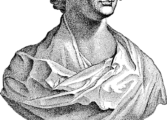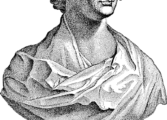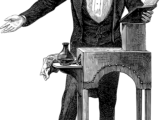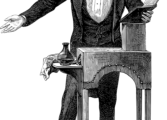Jane Austen Books: A Timeless Literary Legacy

Introduction:
Jane Austen, an English novelist born in 1775, is widely regarded as one of the greatest writers in the history of English literature. Her novels, known for their wit, social commentary, and romance, continue to captivate readers worldwide. This article delves deep into the world of Jane Austen books, exploring their significance, historical evolution, and enduring appeal for art enthusiasts and collectors.
I. Understanding the Essence of Jane Austen Books
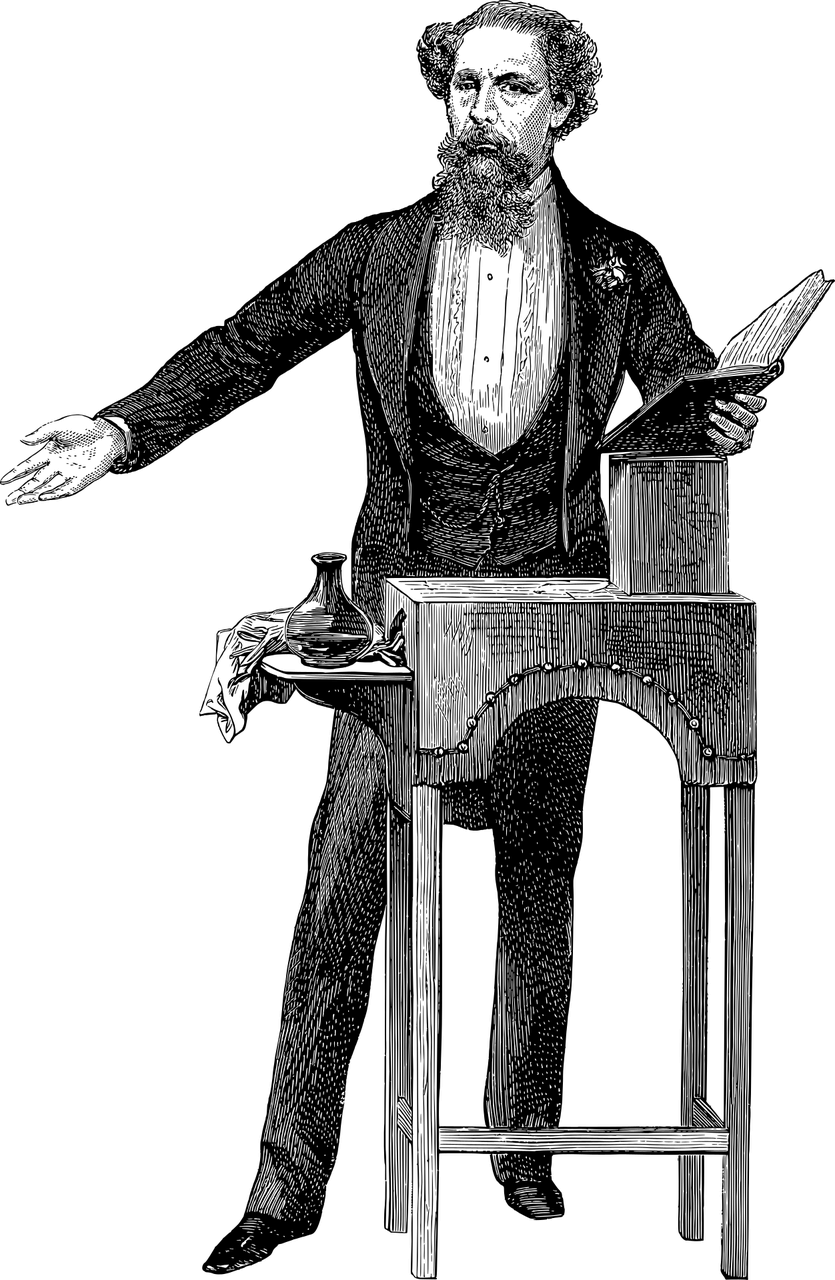
When delving into the world of Jane Austen books, it is essential to grasp their unique characteristics and recurring themes. Austen’s novels primarily revolve around the social and romantic lives of English gentry during the late 18th and early 19th centuries. Her sharp observations of societal norms, gender roles, and the pursuit of love offer valuable insights into the human condition.
Key points:
– Austen’s novels spotlight the challenges faced by women in a patriarchal society, often emphasizing the importance of individual agency and personal growth.
– The intricate social hierarchy depicted in her books reflects the societal constraints of the Regency era, shedding light on class distinctions, marriage prospects, and societal expectations.
– Austen’s wit and satire add a delightful layer to her novels, making them both entertaining and thought-provoking.
II. A Historical Journey through Jane Austen Books
To appreciate the evolution of Jane Austen books, it is crucial to dive into their historical context and trace their development over time. Austen’s works were published during a period characterized by immense socio-political change and literary evolution.
Key points:
– Austen’s first novel, “Sense and Sensibility,” was published anonymously in 1811, followed by “Pride and Prejudice” in 1813. These early works established her unique narrative style and keen observations of human nature.
– The years that followed witnessed the publication of “Mansfield Park” (1814), “Emma” (1815), “Northanger Abbey” and “Persuasion” (both published posthumously in 1817). Each novel showcased Austen’s growth as a writer, delving deeper into her exploration of societal conventions and the complexity of human relationships.
– Despite Austen’s immense talent and literary contributions, her works achieved limited recognition during her lifetime. However, they gained widespread acclaim in the Victorian era, solidifying her status as a literary icon.
III. The Enduring Charm of Jane Austen Books: A Collector’s Delight
For art enthusiasts and collectors, Jane Austen books hold immense value in terms of literary significance and historical context. The growing interest in Austen’s works has led to a surge in their collectability and provenance.
Key points:
– Austen’s books have become prized possessions for collectors, with particular emphasis on early editions and rare annotations. These books offer a glimpse into the original publication process and the author’s intentions.
– The enduring popularity of Austen’s novels has prompted the creation of beautifully illustrated editions, annotated versions, and special collector’s editions, catering to the demands of avid fans and enthusiasts.
– Jane Austen-themed events, exhibitions, and auctions attract collectors, scholars, and art lovers, facilitating the exchange and exploration of Austen memorabilia and related artifacts.
In conclusion, Jane Austen books have left an indelible mark on the literary landscape. From their profound societal observations to their timeless romance, her novels provide a captivating glimpse into Regency-era England. With their enduring charm and literary significance, Jane Austen books continue to be cherished by art enthusiasts and collectors around the globe. As readers immerse themselves in Austen’s works, they embark on a journey through time, exploring themes that resonate with universal human experiences.









